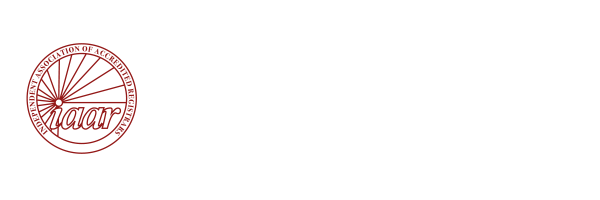Government to Embrace Existing Standards and Certification-Accreditation Infrastructure
The newly revised White House Office of Management and Budget Circular A-119 directs government agencies to rely on existing standards and the existing infrastructure for certification and accreditation in lieu of creating unique requirements and processes that duplicate private-sector efforts
OMB Circular A-119 directs agencies to use standards developed or adopted by voluntary consensus standards bodies (typically national and international standards bodies) rather than standards unique to government. In practical terms, this means that agencies should use existing standards – such as ISO 14001 for environmental management systems or ISO/IEC 17025 for testing laboratories – rather than developing or using standards specific to the agency or government in general.
While the previous version of OMB Circular A-119 endorsed the use of existing standards, the indication of support for conformity assessment – which includes testing, inspection, and certification of products, personnel, and management systems, as well as accreditation of the same – is new.
This represents a strong endorsement by the government of the benefits to be realized by tapping into private-sector expertise, while seeking to minimize reliance on government-specific standards when existing standards would meet government objectives.
OMB Circular A-119 directs agencies to design conformity assessment programs that are closely aligned with market dynamics and otherwise maximize net benefits to society. The nod to private-sector standards and conformity assessment reflects an understanding that government can realize the potential benefits already achieved by industry: increased productivity and efficiency, expanded opportunities for international trade, improved health and safety, conservation of resources, and protection of the environment.
Agencies are encouraged to work closely with the National Institute of Standards and Technology and OMB identify their conformity assessment needs and to assess the feasibility and benefits of using private-sector options in lieu of or in conjunction with government procedures. Agencies are also directed to consider existing international conformity assessment schemes to meet their needs.

